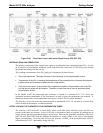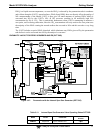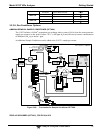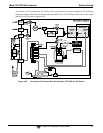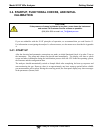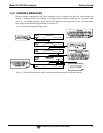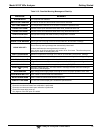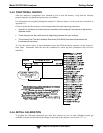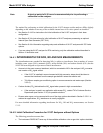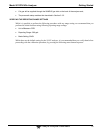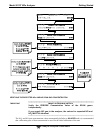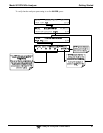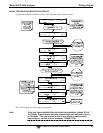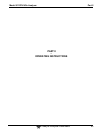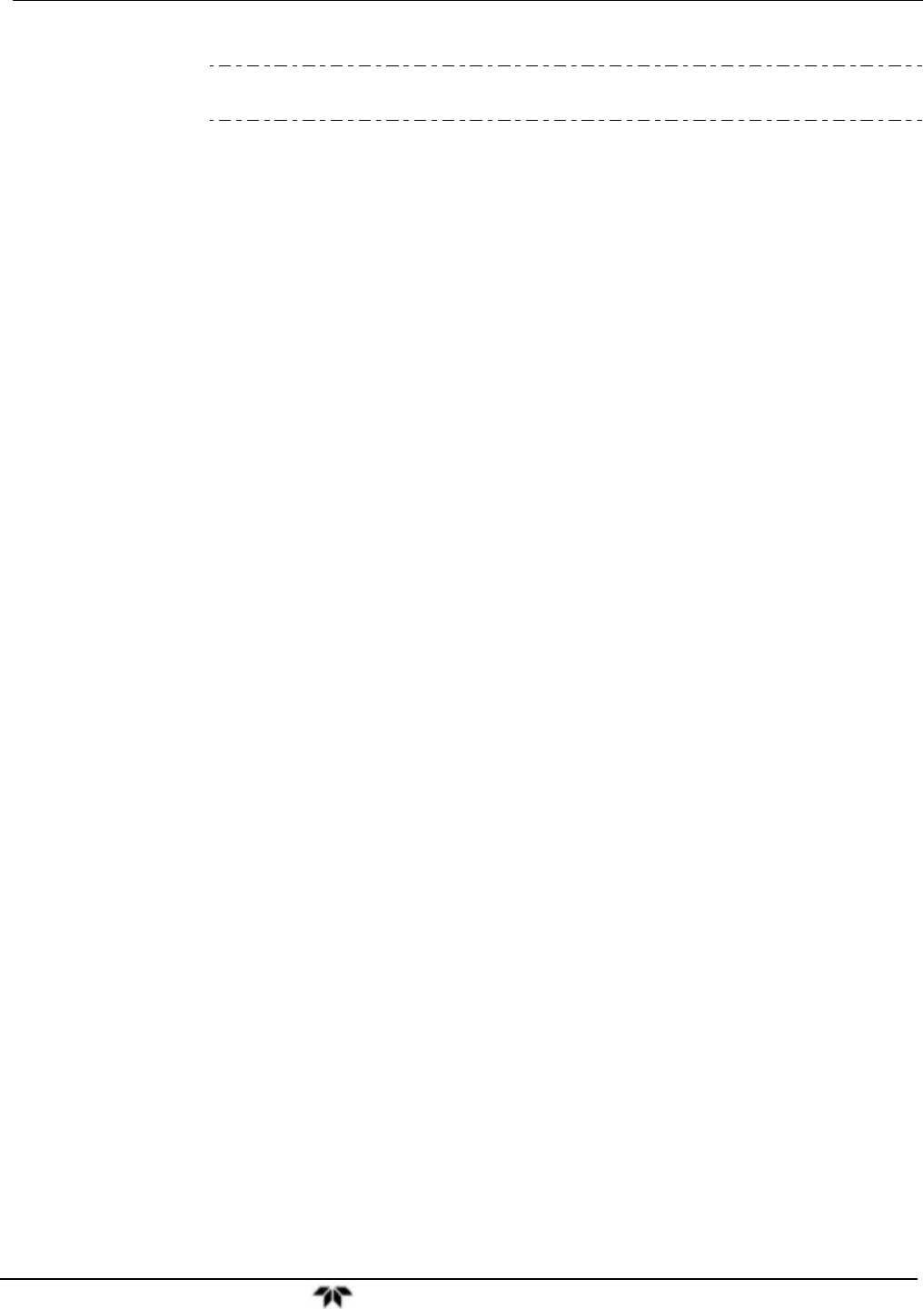
Model 9110T NOx Analyzer Getting Started
Teledyne Analytical Instruments 78
Note A start-up period of 4-5 hours is recommended prior to performing a
calibration on the analyzer.
The method for performing an initial calibration for the 9110T nitrogen oxides analyzer differs slightly
depending on the whether or not any of the available internal zero air or valve options are installed.
See Section 3.4.4.2 for instructions for initial calibration of the 9110T analyzers in their base
configuration.
See Section 9.3 for instructions for initial calibration of 9110T analyzers possessing an optional
Internal Span Gas Generator (OPT 51A).
See Section 9.4 for information regarding setup and calibration of 9110T analyzers with Z/S Valve
options.
If you are using the 9110T analyzer for EPA monitoring, only the calibration method described in
Section 10 should be used.
3.4.4.1. INTERFERENTS FOR NOX, NO AND NO2 MEASUREMENTS
The chemiluminescence method for detecting NO
X
is subject to interference from a number of sources
including water vapor (H
2
O), ammonia (NH
3
), sulfur dioxide (SO
2
) and carbon dioxide (CO
2
) but the
9110T has been designed to reject most of these interferences.
Ammonia is the most common interferent, which is converted to NO in the analyzer’s NO
2
converter
and creates a NO
X
signal artifact.
If the 9110T is installed in an environment with high ammonia, steps should be taken to
remove the interferent from the sample gas before it enters the reaction cell.
TAI offers a sample gas conditioning option to remove ammonia and water vapor (Section
3.3.2.6).
Carbon dioxide (CO
2
) diminishes the NO
X
signal when present in high concentrations.
If the analyzer is used in an application with excess CO
2
, contact TAI's Customer Service
Department (see Section 12.10) for possible solutions.
Excess water vapor can be removed with one of the dryer options described in Section 3.3.2.6. In
ambient air applications, SO
2
interference is usually negligible.
For more detailed information regarding interferents for NO
x
, NO and NO
2
measurement, see Section
13.1.5.
3.4.4.2. Initial Calibration Procedure for 9110T Analyzers without Options
The following procedure assumes that:
The instrument DOES NOT have any of the available calibration valve or gas inlet options installed;



